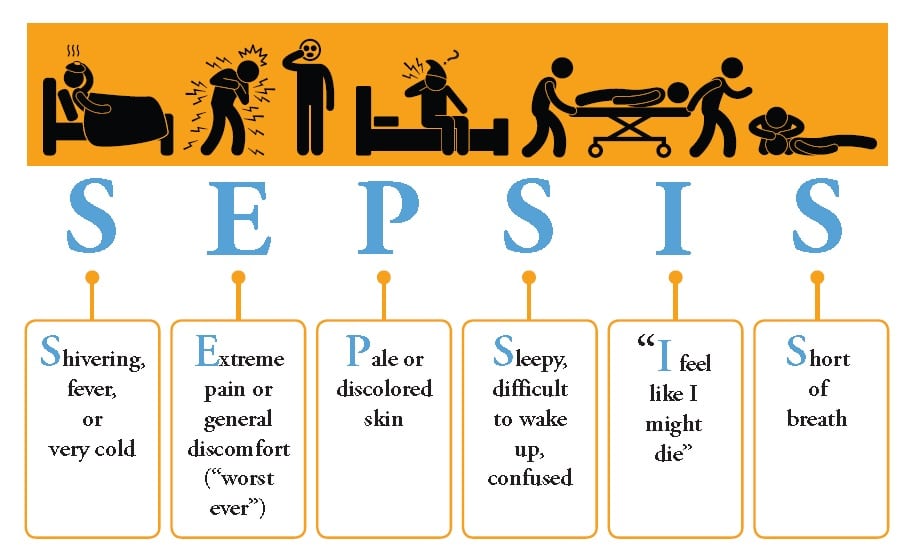This year’s flu season has shaped up to be one of the worst in recent history. It took off early and has been extreme. According to the most recent report by the CDC, it is widespread in 49 states and Puerto Rico. This year’s particular strain first emerged in 1968 and was nicknamed the Hong-Kong flu. To give some perspective of the breadth of this year’s flu, the 2009 H1N1 influenza epidemic had 59,022 flu cases by mid-October where as this year’s H3N2 strain reached 215,280 cases.
What are some things to note about 2017-18’s flu season? Here’s a few important takeaways:
1. H3N2 Is Particularly Painful
This strain hits humans particularly hard. Medical professionals and scientists haven’t yet nailed down the exact reasons why, but historically when the H3N2 strain is dominant it makes for a more difficult flu season. It’s responsible for increased hospitalizations and care facility outbreaks.
2. The Vaccine Isn’t That Effective
This year’s vaccine was only 10 percent effective against H3N2. Experts do their best to predict circulating flu strains months in advanced so that manufacturers can cultivate the appropriate vaccine in millions of doses with chicken eggs. Even though they managed to predict the dominant strain (H3) correctly, the chicken eggs cause problems by picking up mutations and evolving as they grow in bird cells.
3. It Can Be Deadly
H3N2 causes more deaths than other influenza viruses including H1N1. It can be especially hard on seniors who have higher potential for the flu to progress to pneumonia. Outbreaks in long-term care facilities are also more likely to occur.
Outside of the risks, it poses to the senior community, this flu is dangerous to everyone. Signs of SEPSIS (fever, aches, pains, exhaustion) should be taken very seriously.

Read the source article at The Atlantic





